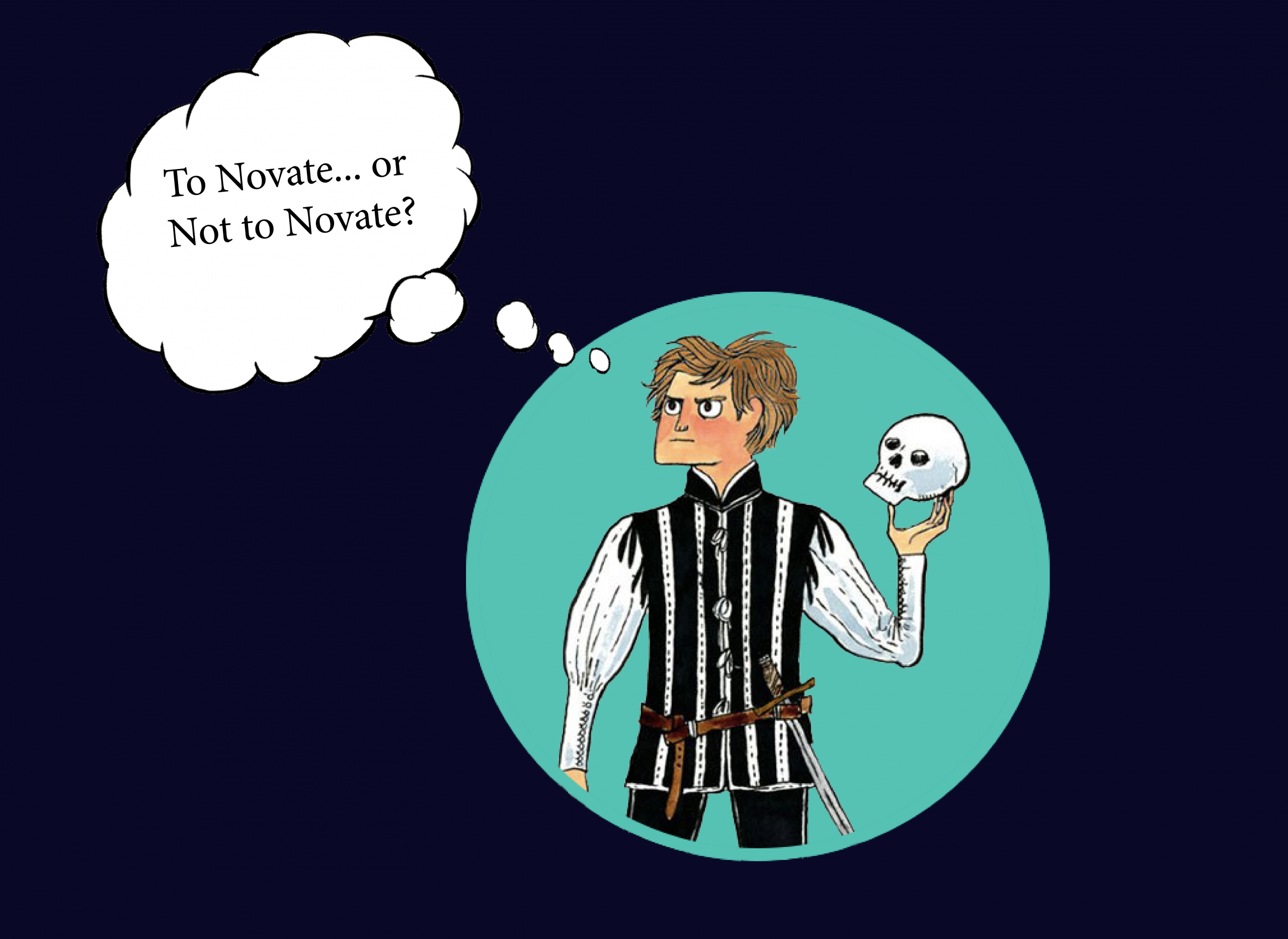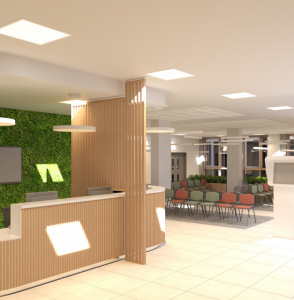Design and Build is a popular form of procurement, characterised by the integration of design and construction. The increasing popularity of Design and Build procurement demonstrates the desire to move away from traditional contracting procurement which is often criticised for fostering a fragmented project team, a lack of cost certainty and time reliant development stages. In contrast, Design and Build procurement provides clients with a guaranteed maximum price, a cohesive team and a single point of responsibility in the form of the appointed contractor.
In this blog, Procure Partnership’s Faye Dolan discusses the option for the employer to novate the design team, considering the positive and negative aspects of this form of Design and Build contract.
What is Novation?
Traditionally, the employer would be responsible for producing a full set of drawings, specifications and bills of quantities. In the Design and Build contract, the responsibilities of the employer are much less onerous. They will typically employ design consultants to help them develop the brief for the scheme which will then lead to the production of outline drawings and a specification for the work, which constitutes the employer’s requirements.
If novating the design team, once the initial employers’ requirements have been prepared and the contractor selected, the employer’s design consultants are then transferred to the contractor, who assumes full responsibility. The contractor will then go on to manage the remaining design process with the existing design team, rather than bring their own consultants onboard.
Advantages of Novation
A Reduced Learning Curve: As the employer begins the process of developing a scheme, they will usually research and select an architect who is a specialist in their field and can provide demonstrable evidence of successfully undertaking similar projects. In some sectors, such as in healthcare for example, appointing an architect who fully understands the sector specialisms and the potential design pitfalls is critical. The chosen architect will consider many design issues which will be fundamental to the overall success of the healthcare facility, such as patient dignity, wayfinding, views to landscape and the necessity to create a light and bright environment which will aid wellbeing and recovery. The design team may undertake extensive consultation with user groups in order to develop the best solutions for these issues whilst also meeting the complex technological requirements healthcare facilities need to operate efficiently.
Working with the customer at an early stage, the architect can gain a strong understanding of the customers’ requirements. If the architect is not novated, this learning is potentially lost, and parts of the process will need to be replicated with a new design team. On a complex or highly technical project this can be detrimental to the final design. Novation can provide certain economies of scale that the customer can benefit from in terms of the learning curve of the design team. If the architect knows they will be engaged throughout the whole process and not just during the pre-contract and tender stage, there is the potential for better overall cost to be achieved. Not to mention the time and cost requirements of briefing a new design team!
The Employer can Benefit from Reduced Contractual Risk:
The process of novation and the transfer of responsibility to the contractor means the employer assumes minimum risk contractually, while still retaining an influence on project design. Of course there are many variations in specific contracts, but from the point of novation the Design and Build contractor is responsible for all future design work and this can sometimes extend to include all past design work completed up to the point of the contract being awarded (including any design errors). As the contract progresses, the employer is only dealing with one organisation: the contractor. This streamlined approach is beneficial to the employer and helps to eliminate the potential complexities and frustrations of dealing with a range of separate organisations in order to resolve issues.
A Well-Developed Early Design Improves Cost Certainty:
In Design and Build projects, cost certainty is greater when the initial employers’ requirements are most detailed. Novation helps the customers to achieve a well-developed design in the early stages of the process as it provides the architect with clarity over the longevity of their engagement. If the architect is confident the scheme is going to proceed and they are not working ‘at risk’, they are more likely to develop the design further, allowing for a more realistic understanding of costs during the tender stage and improving overall cost certainty.
The Contractor has Greater Influence and Control over the Design:
In traditional contracts, there is the potential for a level of conflict between the contractor and the design team regarding who is responsible for defects and whether they result from a design issue or a construction quality issue. This would typically leave the employer with a difficult situation and the increases the potential for parties to enter ‘stalemate’. Novation helps to avoid this situation; in the integrated design and construct team the responsibility would automatically reside with the contractor who must resolve the issue. In a novated Design and Build contract, these issues should theoretically present less frequently as the designer and contractor have worked closely to jointly develop and agree the final design and to ensure buildability and quality. The contractor is better equipped to manage and control the risk to quality through the influence of design decisions at each stage.
Disadvantages:
Novation Requires a Good Relationship Between the Contractor and the Architect:
The contractor and architect must work together closely on any design and build project, but this is particularly important when novation has taken place. Novation is often criticised for putting additional strain on the relationship between these parties. Without a good relationship there is greater chance the project will be negatively influenced and critical issues such as time and cost will suffer.
Some of main causes of disagreement between the architect and the contractor include a difference of opinion over the employers’ requirements, and the way in which design changes and variations should be managed. Often the contractor and design team have different priorities. The designer is concerned with the aesthetics of the design and the opinion of the employer, where as the contractor is concerned with buildability or cost and programme targets. For the relationship to work successfully, the teams must work in an integrated and collaborative manner to bridge this gap. If this relationship breaks down, there will be serious consequences for the overall project.
The design manager of a contracting company plays a critical role in bridging this gap between organisations, balancing design, cost, quality and time constraints within the project to reduce the amount of design and financial risk the contractor will have to carry through the contract period. Of course, this relies on the experience and capabilities of the contractor and emphasises the requirement to select the right contractor at tender stage.
Fostering a Culture of Honesty and Transparency is the Key to a Successful Novation
Novation has significant benefits for customers, specifically for those developing highly specialist projects where continuity of their chosen design team is critical in ensuring that the initial design brief is followed through and achieved. Working collaboratively is the foundation of a successful novated Design and Build contract. Adopting a management style which prioritises good communication to keep all parties fully briefed of changes and issues as they arise, will allow the team to collectively develop solutions which satisfy all sides.
Procuring a novated Design and Build project through The Procure Partnerships Framework provides additional reassurance to customers; the contractors who engage in the process will be able to demonstrate previous experience successfully managing novated design teams. The framework management team also provide an additional level of support to the customer, liaising between all parties to facilitate communication and to ensure the project progresses in line with the customers’ requirements.



